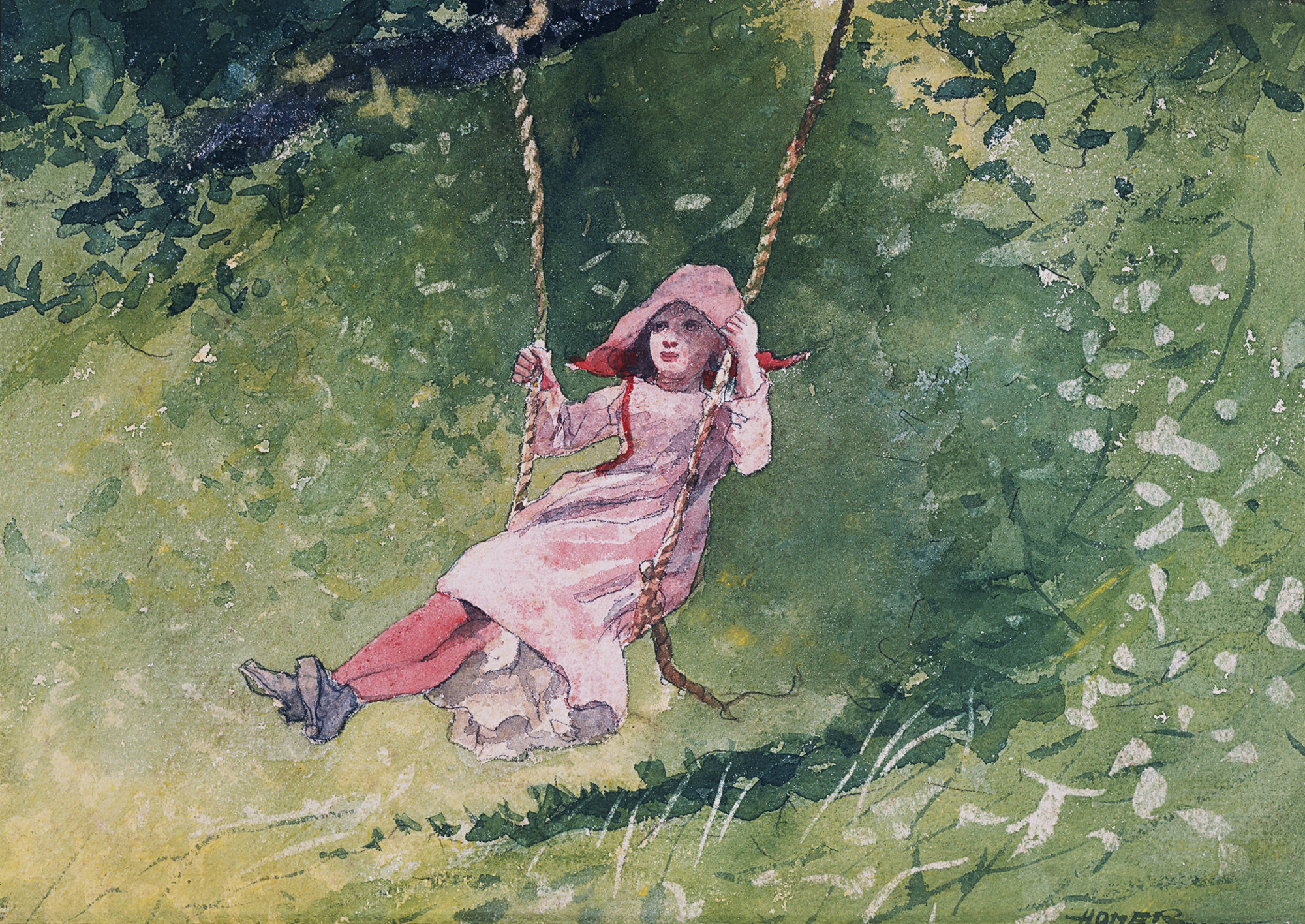
Recently, I was preparing some music for a gig. For the most part, the assigned materials broke down into two categories, simple and complex. The “simple” items tended to involve either sustained pitches or sparse rhythmic interjections. The “complex” items were quickly paced and situated in the flute’s upper register, thus presenting challenges of finger technique and embouchure.
I spent a considerable amount of time practicing the complex materials and trained myself to perform those musical responsibilities reliably. Despite my efforts, however, I felt something was missing in my playing. I reviewed my music, listened to recordings, and practiced further, but all the while I remained unable to identify what element or elements were evading me.
Then, one night, I was mulling over the question as I was falling asleep. Thinking about the simple versus complex dichotomy of my current musical project, the answer finally occurred to me. Although my playing of the more complex music was steady, it lacked simplicity in the realm of execution. Or, put another way, a sense of ease was absent in my rendering of the materials.
This realization led me to reflect upon the various skills that comprise musical virtuosity—sound, agility, articulation, to name a few—yet also reminded me of the effortlessness we so commonly observe in the playing of the masters. Is ease a skill in itself? I am not sure. I am more confident in asserting that from the development of skill follows the possibility of playing with an increasing sense of ease. Moreover, isolating and refining fundamentals tends to be an incredibly effective approach to establishing ease of play.
Although the speed and register of the complex music were the more apparent challenges to me, through experimentation I learned that fundamental study of rhythm was the work I needed in order to play with the ease I so desired. To be more specific, I practiced tonguing all the rhythms of a given complex passage while using the same pitch throughout. This sort of drilling provided me a deeper embodiment of pulse and rhythm, which in turn enabled me to flow gracefully through the music when I returned to playing it as written.
Musicians have a multitude of variables to consider each time they engage with their instruments. Reflecting on the quality of ease may be a means of directing oneself to building skills at a deeper level. Even if the path leads one through unexpected places, a greater sense of musical freedom is probably the destination one is ultimately seeking.